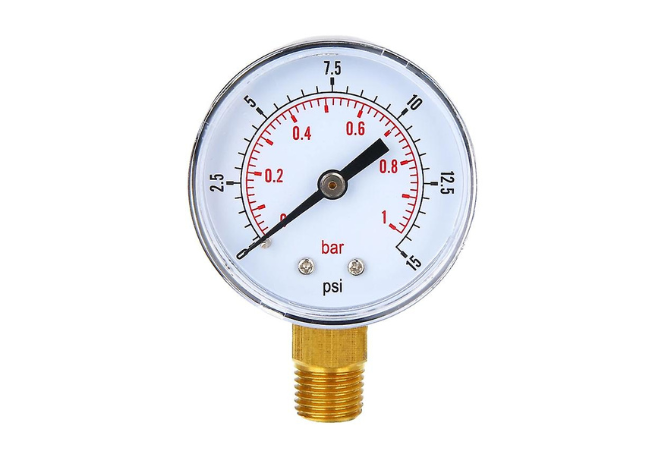The Ultimate Guide to DIN Rails: Why Are They Essential in Electrical Installations?
Introduction to DIN Rails
DIN Rails are standardised metal rails widely used for mounting industrial control equipment, circuit breakers, and other modular electrical components inside control panels. Their uniform design allows easy installation, organisation, and maintenance of electrical systems, making them an integral part of automation and control infrastructure across industries.
Developed by the German standards body Deutsches Institut für Normung (DIN), DIN Rails streamline equipment layout, enhance safety, and optimise space in enclosures. As industries continue to embrace automation, the relevance of DIN Rails in electrical and electronic applications becomes increasingly vital.
What Makes DIN Rails So Useful in Industrial Applications?
DIN Rails serve as both mechanical support and grounding pathways for components like terminal blocks, timers, contactors, power supplies, and relays. These rails simplify system integration while allowing users to expand or reconfigure systems quickly.
Key Benefits of DIN Rails
- Provide standardised, universal mounting for various control and automation components
- Save panel space by enabling modular and compact installations
- Offer high resistance to corrosion and wear due to galvanised or stainless steel construction
- Simplify wiring, upgrades, and maintenance procedures
- Support passive and active grounding for improved safety
How Many Types of DIN Rails Are Available?
There are several DIN Rail types, categorised by their cross-section and intended use. Choosing the right type depends on the application, component size, and mechanical strength required.
Common DIN Rail Types
- Top Hat (TS35): The most widely used type, measuring 35mm wide. It comes in two heights – 7.5mm and 15mm – and is suitable for most control components.
- G-type (TS32): Features a symmetrical G-shaped cross-section used primarily for heavier devices or in legacy systems.
- C-type: Less common and typically used in applications demanding higher mechanical support.
Where Are DIN Rails Commonly Installed?
DIN Rails are indispensable in a wide range of commercial and industrial environments. From simple electrical distribution panels to complex process control systems, DIN Rails facilitate system reliability and organisation.
Application Areas of DIN Rails
- Control cabinets in manufacturing facilities
- Building automation systems
- Renewable energy inverters and battery management systems
- HVAC equipment and motor control centres
- Communication and network control units
- Power distribution boards and consumer units
Why Should Engineers and Installers Prefer DIN Rails?
The versatility, durability, and universality of DIN Rails make them the preferred choice for engineers and electricians designing compact, efficient, and scalable electrical systems. These rails provide a plug-and-play architecture that simplifies system customisation.
Technical Advantages of DIN Rails
- Compatible with a vast range of components and brands
- Secure attachment using spring or screw clips
- Tolerant to vibration and harsh environments
- Enable faster assembly and disassembly of control panels
- Promote cable management and neat layouts
Which Materials Are Used to Manufacture DIN Rails?
DIN Rails are typically made from materials that offer mechanical strength and resistance to environmental elements. The material selection depends on the intended installation conditions, such as indoor vs. outdoor use.
Common DIN Rail Materials
- Cold-rolled steel with zinc plating: Offers corrosion resistance and cost-effectiveness
- Stainless steel: Ideal for corrosive environments like marine or chemical facilities
- Aluminium: Lightweight and thermally conductive, suitable for temperature-sensitive systems
- Copper alloy: Occasionally used for high-conductivity grounding rails
What Should You Consider When Choosing a DIN Rail?
When selecting a DIN Rail for your application, several essential factors must be evaluated to ensure safe and efficient operation.
Key Selection Criteria
- Component size and mounting method (clip-on or screw mount)
- Electrical grounding requirements
- Panel space constraints and layout
- Environmental exposure such as humidity, chemicals, or extreme temperatures
- Compliance with international standards such as IEC/EN 60715
How Are DIN Rails Installed in Electrical Panels?
Installing a DIN Rail is a straightforward process, but it requires precision to ensure proper component alignment and stability.
Installation Steps
- Measure and mark the mounting position in the enclosure
- Cut the DIN Rail to the appropriate length using a rail cutter
- Drill and secure the rail using screws or rivets (depending on material)
- Snap or screw electrical components onto the rail
- Route and label cables for future maintenance
How Are DIN Rails Evolving with Modern Technology?
With the rapid expansion of IoT, smart grids, and modular automation, DIN Rails are being adapted to support new forms of data and power distribution. Some rails now feature integrated insulation or slots for enhanced EMC shielding.
Future Trends in DIN Rail Design
- Integration with PCB terminal blocks for direct board mounting
- DIN mounting of wireless sensors and microcontrollers
- Pre-assembled rail kits for plug-and-play installation
- Use in compact home automation setups and IoT gateways
Conclusion
DIN Rails play a crucial role in structuring and securing electrical control systems. Their modular nature, combined with broad compatibility, enables engineers and installers to build reliable, safe, and space-efficient systems. Whether you're working in automation, power distribution, or telecommunications, understanding and leveraging DIN Rails can significantly boost your project's scalability and maintainability.
For reliable and high-quality DIN Rails and mounting accessories, explore the vast collection available at Enrgtech.




Comments
Post a Comment